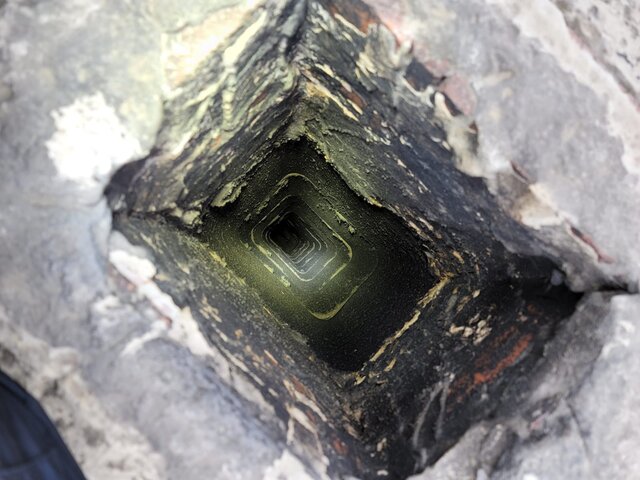A fireplace can be a wonderful addition to any home, providing warmth, comfort, and a cozy ambiance during the colder months. However, to keep your fireplace safe and running efficiently, regular maintenance is crucial. Below are some expert tips to help you maintain a safe and efficient fireplace.
Regularly Inspect and Clean Your Chimney
One of the most important aspects of fireplace maintenance is ensuring that your chimney is regularly inspected and cleaned. Creosote, a byproduct of burning wood, can accumulate in your chimney over time. This substance is highly flammable and can cause dangerous chimney fires if not removed. Experts recommend having your chimney professionally inspected and cleaned at least once a year, ideally before the start of the winter season.
Use the Right Type of Firewood
The type of wood you burn in your fireplace significantly impacts its efficiency and safety. Always use seasoned hardwoods like oak, maple, or hickory. These types of wood burn hotter and produce less creosote compared to softwoods like pine or spruce. Avoid burning green or wet wood, as it can lead to excessive smoke and creosote buildup in your chimney.
Install a Chimney Cap
A chimney cap is a small but vital investment for your fireplace. It prevents debris, rain, and animals from entering your chimney, which can cause blockages or damage. Additionally, a chimney cap helps prevent downdrafts, where cold air and smoke are pushed back into your home. By installing a chimney cap, you can protect both your chimney and your home’s air quality.
Test Your Smoke and Carbon Monoxide Detectors
Fireplaces can produce dangerous gases like carbon monoxide, which is odorless and colorless. To ensure your home’s safety, regularly test your smoke and carbon monoxide detectors. Replace the batteries at least twice a year and ensure that these detectors are functioning properly. If your detectors are over 10 years old, consider replacing them entirely.
Ensure Proper Ventilation
Proper ventilation is key to maintaining a safe and efficient fireplace. Ensure that your chimney flue is open and clear before lighting a fire. Poor ventilation can lead to a buildup of smoke and harmful gases inside your home. If you notice that your fireplace is not drawing properly or that smoke is entering your living space, consult a professional to assess and correct the issue.
Practice Safe Fire-Starting Techniques
When starting a fire in your fireplace, avoid using flammable liquids like gasoline or lighter fluid, as these can cause uncontrolled fires. Instead, use small, dry kindling and fire starters designed specifically for fireplaces. Once the fire is burning steadily, add larger logs. Always keep a fire extinguisher nearby and know how to use it in case of an emergency.
Maintaining a safe and efficient fireplace requires regular attention and care. By following these expert tips—inspecting your chimney, using the right firewood, installing a chimney cap, testing detectors, ensuring proper ventilation, and practicing safe fire-starting techniques—you can enjoy the warmth and ambiance of your fireplace with peace of mind. Remember, when in doubt, always consult with a professional to ensure your fireplace is in optimal condition.

